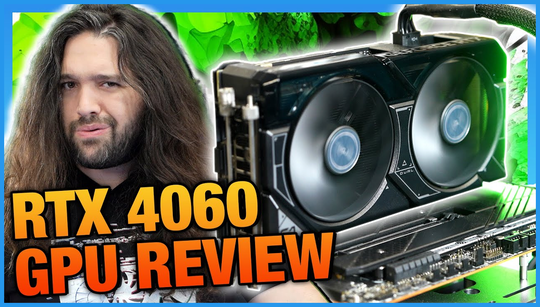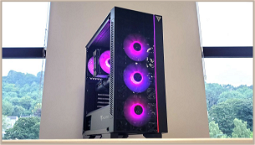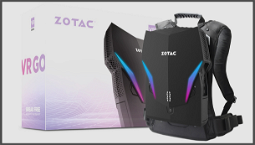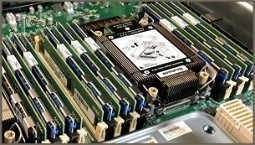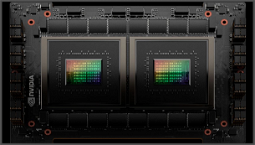The Nvidia GeForce RTX 4060: Affordable Power for Gamers
The Nvidia GeForce RTX 4060 graphics card has finally arrived, offering gamers an affordable entry into the RTX 40 series. In our comprehensive review of the GeForce RTX 4060, we put it through its paces to see how it performs.
Priced at $299, the GeForce RTX 4060 sits between the RTX 3060 and RTX 3050, making it a compelling option for those looking for excellent value. But does it deliver on performance despite the compromises?
In most games, the RTX 4060 outperforms the previous generation RTX 3060 and comes close to matching the RTX 3060 Ti. With features like DLSS 3 and improved efficiency, it enhances your gaming experience. However, there are trade-offs to consider, which we will discuss shortly.
When comparing the RTX 4060 to its chief competitors from AMD, namely the Radeon RX 7600 and RX 6700 XT, the Nvidia card offers comparable performance at a more affordable price point.
Nvidia GeForce RTX 4060 Specifications:
The GeForce RTX 4060 employs the AD107 GPU configuration, which sets it apart from other RTX 40 series cards. It features 24 streaming multiprocessors and 3,072 CUDA cores, but sacrifices one 4th-gen tensor core and retains the same 256-bit memory interface as its predecessor.
Thanks to significantly higher clock speeds, the RTX 4060 boasts a 19% increase in peak compute performance compared to the RTX 3060. This is partly due to a less aggressive boost clock and memory clock, as well as a more refined manufacturing process.
The RTX 4060 also benefits from a larger L2 cache, resulting in lower memory bandwidth but improved effective bandwidth. While it may have slightly less VRAM bandwidth, it remains faster than the RTX 3060, making it a solid choice for high-resolution gaming.
With an x8 PCIe interface, the RTX 4060 may have a minor impact on performance for older PCs. However, this should not pose a significant issue for modern systems. It is worth noting that using multiple graphics cards may result in slightly slower speeds due to occupied PCIe lanes.
Competition:
Aside from the Nvidia GeForce RTX 4060, there are several other graphics cards to consider, such as AMD's RX 7600, RX 6700 XT, and Intel's Arc A770 and A750. Nvidia's own RTX 3060, RTX 3060 Ti, and RTX 3070 also compete in this space.
Targeting gamers who are still using older cards like the GTX 1060, RTX 2060, or RX 570/580/590, Nvidia designed the RTX 4060 to support next-generation games and benefit from features like DLSS 3.
Block Diagram:
Let's take a closer look at the components that make up the Nvidia GeForce RTX 4060:
The block diagram of the RTX 4060 reveals the sacrifices made to achieve its mainstream pricing. It utilizes 14 out of the 16 multiprocessors on its GPU and has trimmed back the tensor cores to support FP8 with sparsity.
Nevertheless, the RTX 4060 still incorporates Nvidia's 4th-gen Tensor cores, 3rd-gen RT cores, improved NVENC/NVDEC units, and a more powerful Optical Flow Accelerator. This gives it an advantage in FPS games by leveraging AI and deep learning to enhance the gaming experience. However, it is not intended for demanding AI and machine learning workloads that require greater processing power and VRAM.
The RTX 4060 has a power consumption rating of just 120W, making it more power-efficient than the RTX 3060.
